Stones for the 6th chakra and its balance
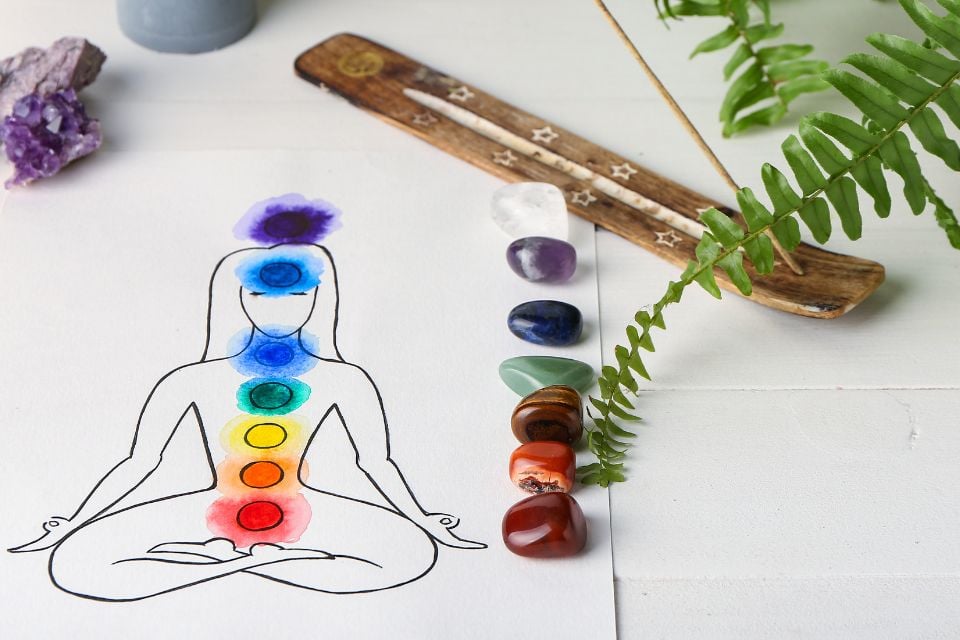
The eye chakra, Ajna or frontal chakra acts on introspection and visualization. When it is open, you have a good intuition. You tend to fantasize. The color that represents the sixth chakra is purple. Learn the best stones for the 6th chakra and its balance.
Stones for the 6th chakra and its balance
If you are looking for the opening of your 6th chakra, the quintessential stones will undoubtedly be Agate Cyclops and Black Obsidian. To maintain intuition, letting go and concentration, choose Prehnite, Azurite, Cyanite, Blue Sapphire, etc.
To balance your 6th chakra, you can combine a group of stones for the 6th chakra. A central dark blue stone, lapis lazuli, combined with the other minerals from our selection will ensure optimal energy circulation. Remember, you need to align your chakras from bottom to top for good energy circulation.
Fluorite stone: structuring and clarification of the mind
One of the fine stones for the 6th chakra, fluorite facilitates the structuring and clarification of the mind for effective intellectual activity. By helping the person to process all the information reaching them, it promotes the development of memory and analytical skills. At the same time, it helps to eliminate parasitic thoughts that clog up the mind and prevent concentration.
Just like rock crystal, blue, green or purple fluorite acts on the energies of the frontal chakra, also called the 6th chakra, to organize thought and develop intuitive vision.
Lapis Lazuli: Mental acuity and lucidity
Lapis Lazuli is one of the cornerstones of the frontal chakra, also called the 6th chakra, the center of consciousness, the seat of intuition and inspiration. When this chakra is harmonized, the “reasoned” intelligence is reinforced by a more instinctive, more intuitive intelligence.
Lapis Lazuli stimulates mental activity and promotes concentration. By participating in the development of mental acuity and lucidity, it helps to see right and far, to project in a coherent and logical way, without moving away from a structured framework.
6th chakra harmonization exercise
To balance your 6th Chakra with the combination of stones suggested above, you need to be in a quiet place with no disturbance. You should have 15 to 20 minutes. Lie down and relax, place the minerals on your forehead between your eyebrows.
Focus on minerals and your body to link them through your mind. Don’t think of anything else and don’t let anything distract you.
A sixth chakra with issues
Hyperactive Ajna
In the case of a hyperactive Ajna, if the basic chakras on their side are not correctly harmonized, can lead to an excessive intellectualization of the smallest things, and often to be stubborn. It can also lead to mysticism and the irrational with a rejection of reality, material things and pleasure.
We also find in this case perverse seducers, sure of their intellectual superiority, displaying contempt for others and arrogance. A deregulation of Ajna will make the individual torn between doubts, dreams and illusion; they will end up isolating themselves and losing contact with reality.
Blocked Ajna
Conversely, a blocked Ajna will lead to a life entirely dominated by material needs, physical needs, rash emotions. Rejection and refusal of everything that seems irrational at first sight, without any attempt at reflection, incapacity for intellectualization, disinterest in cultures, knowledge, sciences, lack of curiosity.
Refusal of spiritual truths because they seem based on imagination, or because they are absurd reveries without any interest. The thought is mainly oriented in favor of dominant opinions, behavior of “sheep” in society, adherence to ready-made ideas, prejudices, which can cause stress and panic when we think outside the box.
The Chakras Explained
Get to know everything about all the 7 chakras bellow.

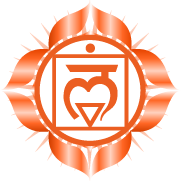
Muladhara
The First Chakra, which is the first of the seven main chakras, is designated by the name of Muladhara (from the Sanskrit mule “root” and adhara “support”). It is also known as radical chakra, root chakra, basal chakra or coxal center.
Read more

Swadhisthana
The Second Chakra of the seven main chakras is designated by the name of Swadhisthana (from the Sanskrit swa, “the proper” and adhisthana “abode”). It is also known as the sacred chakra or sacred center.
Read more
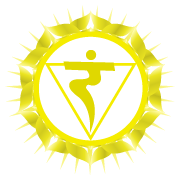
Manipura
An interiorized symbol of solar energy, the third chakra or Manipura is the seat of the Ego and our self. Through it we can affirm our individuality and exercise our free will to build our own life.
Read more
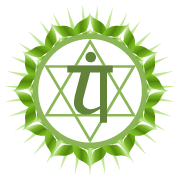
Anahata
The Fourth Chakra of the seven main chakras, is designated by the name of Anahata, which in Sanskrit refers to something that has not been touched, the sound produced by two elements that meet but do not collide. It is also known as heart chakra, cordial center, and unconditional love chakra.
Read more
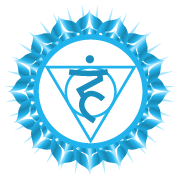
Vishuddha
The fifth chakra is also called throat chakra, or laryngeal chakra. Its Sanskrit name is Vishuddha, meaning “pure”. The problem of the 5th chakra is bound to express its truth in a fair way. This requires that chakras 1 to 4 be well balanced. Located in the throat, between the laryngeal (or nut) prominence and the larynx, Vishuddha represents the link between thoughts and emotions, the way of expressing and communicating.
Read more
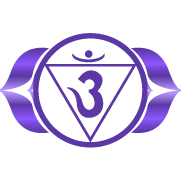
Ajna
The 6th chakra, Ajna, is also called the frontal chakra or 3rd eye. It is the chakra of the inner vision and the extrasensory perception. The 3rd eye allows psychics and therapists to see the aura, to go back into past lives, etc.
Read more
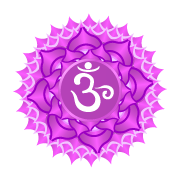
Sanskrit
The seventh chakra is also called Sahasrara, which in Sanskrit language means “multiplied by a thousand”, a clear reference to the lotus of a thousand petals symbol of Illumination. It is the chakra of knowledge, consciousness, intelligence and humility.
Read moreYou may also like:
- Aura cleansing ritual: why you should do it
- Healing gemstones: the most popular
- Forest bathing: why you should try it

